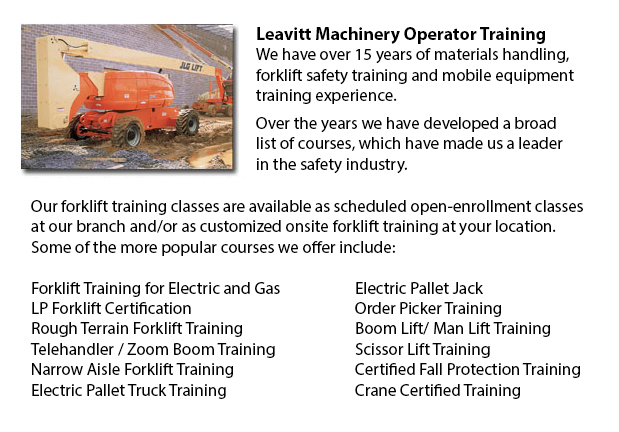
Aerial Boom Lift Ticket Goodyear - Aerial lifts are able to accommodate numerous tasks involving high and hard reaching spaces. Normally used to execute routine repair in structures with elevated ceilings, trim tree branches, hoist burdensome shelving units or fix phone lines. A ladder could also be used for many of the aforementioned tasks, although aerial hoists provide more security and stability when properly used.
There are several versions of aerial platform lifts existing on the market depending on what the task required involves. Painters sometimes use scissor aerial jacks for example, which are classified as mobile scaffolding, useful in painting trim and reaching the 2nd story and above on buildings. The scissor aerial jacks use criss-cross braces to stretch out and extend upwards. There is a table attached to the top of the braces that rises simultaneously as the criss-cross braces lift.
Cherry pickers and bucket lift trucks are another kind of the aerial hoist. Usually, they contain a bucket at the end of an elongated arm and as the arm unfolds, the attached bucket lift rises. Forklifts utilize a pronged arm that rises upwards as the lever is moved. Boom lifts have a hydraulic arm that extends outward and hoists the platform. Every one of these aerial platform lifts require special training to operate.
Training courses presented through Occupational Safety & Health Association, known also as OSHA, cover safety steps, machine operation, repair and inspection and device cargo capacities. Successful completion of these training courses earns a special certified license. Only properly qualified people who have OSHA operating licenses should drive aerial platform lifts. The Occupational Safety & Health Organization has formed rules to maintain safety and prevent injury while using aerial hoists. Common sense rules such as not utilizing this piece of equipment to give rides and ensuring all tires on aerial hoists are braced in order to prevent machine tipping are referred to within the guidelines.
Sadly, figures show that in excess of 20 operators pass away each year while running aerial platform lifts and 8% of those are commercial painters. The majority of these accidents are due to improper tire bracing and the lift falling over; for that reason a lot of of these deaths were preventable. Operators should make certain that all wheels are locked and braces as a critical security precaution to stop the device from toppling over.
Marking the neighbouring area with visible markers have to be used to protect would-be passers-by so they do not come near the lift. In addition, markings should be placed at about 10 feet of clearance amid any utility cables and the aerial lift. Lift operators must at all times be well harnessed to the hoist when up in the air.
-
Crane / Overhead Crane / Truck Mounted Crane / Hydraulic Cranes Training in Goodyear
Bridge cranes or likewise called overhead cranes are a kind of industrial material handling crane making use of a line and hook device that runs on a horizontal beam running along two widely separated rails. Many overhead cranes can be seen inside a... More -
Fantuzzi Parts
The Italian Fantuzzi Group offers a glut of material handling equipment and heavy machinery. The equipment consists of numerous equipment specializing in transporting, loading and unloading goods. The railway freight sector and the port authority req... More -
Forklift Training School Goodyear
Forklift Training School Goodyear - Why A Forklift Training School Could Actually Help A Business And Its Employees - CSA and OSHA establish criteria for forklift safety training that meets existing regulations and standards. Anyone intending to oper... More -
Warehouse Forklift Training Classes Goodyear
Warehouse Forklift Training Classes Goodyear - The purpose of warehouse training classes are to raise the awareness of common workplace hazards. The trainees would learn necessary warehouse safety measures. An emphasis is placed on paying attention t... More -
Aerial Lift Ticket Goodyear
Aerial Lift Ticket Goodyear - A boom truck is frequently recognized by the cable and phone business vehicles that have the long arm folded over their roofs. Usually, a bucket-like apparatus sits at the extension of extendable arms. Sometimes termed a... More -
Telehandler Ticket Goodyear
Telehandler Ticket Goodyear - The telescopic handler or telehandler is a generally used equipment in agricultural and industrial applications. This machine is similar in look to a forklift and even works in a similar way, even though telehandlers are... More -
Scissor Lift Safety Training Goodyear
Scissor Lift Safety Training Goodyear - A Scissor Lift is a practical type of platform that normally moves in a vertical direction. The equipment is capable of this movement because of the use of folding supports that are linked in a criss-cross patt... More -
Aerial Boom Lift Training Goodyear
Aerial Boom Lift Training Goodyear - For individuals who operate or supervise the use of aerial lift platforms, right aerial boom lift Training is necessary. The aerial lift platform is for lifting individuals, materials and tools to elevated work lo... More

Forklift Training Goodyear
TOLL FREE: 1-888-254-6157
Goodyear, Arizona
forkliftcertificationgoodyear.com
Email Us
About Us


